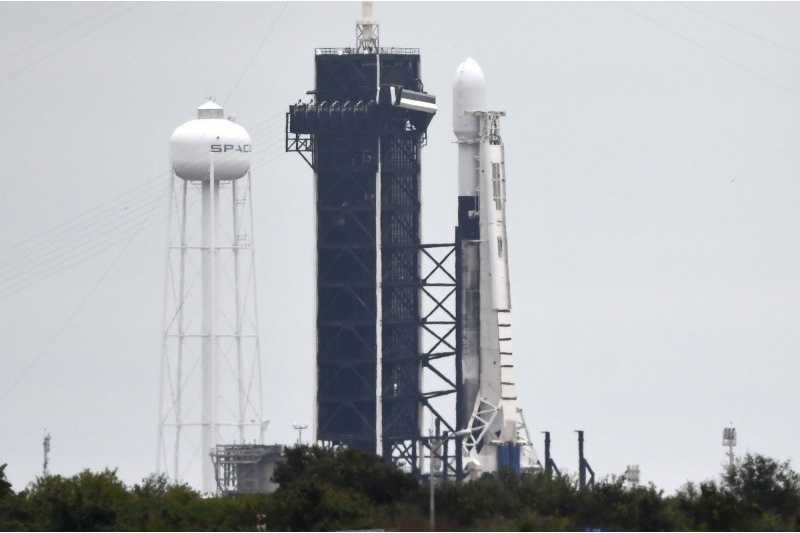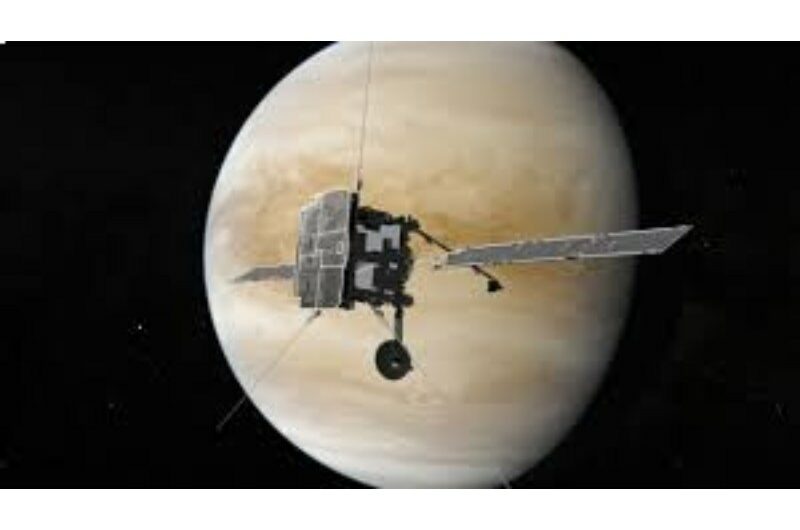The first Falcon Heavy flight of the year has been postponed until June 25th by NASA and SpaceX.
Following the discovery of a leak during normal testing of the rocket center core booster at SpaceX’s Rocket Development and Test Facility in McGregor, Texas, the project was delayed.
All three of the cores launching GOES-U are new, and each new side booster or core for a Falcon 9 or Falcon Heavy is brought to McGregor for a comprehensive testing program that ends with a full static fire.
The rockets are shipped to Florida or California for their launch campaign once those tests are over. Before using flight-proven launch vehicles, SpaceX used to conduct a static fire before every launch; but, in recent years, only high-profile flights, including crewed or significant government satellite missions, have been the subject of static fires.
Prior to launch, SpaceX will carry out a quick static fire at Launch Complex 39A as part of the GOES-U mission, which will use three brand-new Falcons.
The Series-R platform’s fourth and final launch will be GOES-U. In order to address a problem that resulted in GOES-17 malfunctioning and necessitating its relocation to a “storage orbit” in favor of GOES-18, this satellite has been modified. The satellites are intended to last for fifteen years while in service.
Booster 1087, the center core, which will fly in its disposable version, and side Boosters 1072 and 1086 are the three Falcon cores currently assigned to GOES-U. Following its own set of problems, B1072 has also undergone two rounds of testing at McGregor. The two side cores will return to Landing Zones 1 and 2 and be utilized on upcoming missions, but the center core will be used up.
NASA’s Europa Clipper and Astrobotic’s Griffin Moon lander are the other two Falcon Heavy missions scheduled launch this year, along with GOES-U.
Topics #GOES-U #NASA #SpaceX










